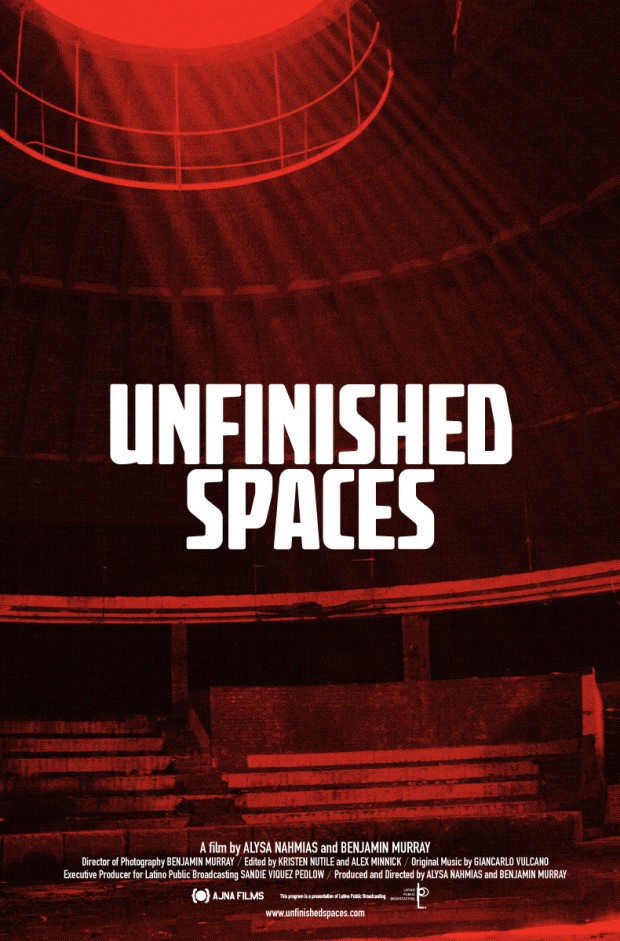 Surreal, beautifully shot and intelligently composed, Alysa Nahmias and Benjamin Murray’s “Unfinished Spaces†tells a story of five schools in Cuba, which compose the schools of art– one each for modern dance, the plastic arts, the dramatic arts, music and ballet, all built on a former golf course. Their fate is ironically mirrored the complex post-revolutionary history of the country.
Surreal, beautifully shot and intelligently composed, Alysa Nahmias and Benjamin Murray’s “Unfinished Spaces†tells a story of five schools in Cuba, which compose the schools of art– one each for modern dance, the plastic arts, the dramatic arts, music and ballet, all built on a former golf course. Their fate is ironically mirrored the complex post-revolutionary history of the country.
Wonderfully sourced, the tale centers around the stories of the schools architects, Ricardo Porro [easily the most engaging and charismatic character in the film], Vittorio Garratti and Roberto Gottardi and how the revolution not only changed Cuba, but their vision for what their schools would ultimately turn into. A modern history lesson of the country, the previously unreleased footage of Fidel Castro [Hearing him discuss the importance of these schools, but continually fail to fund them adequately is the driving force behind the film.] adds another level of depth to an already brilliantly told story.
It doesn’t matter if you have little knowledge of Cuba or only a passive interest in architecture either. “Unfinished Spaces†is more a human tale than anything else. To see how the schools, as well as the architects and country, have changed over the past 50 years is simply enthralling. The story of how the schools were built by itself is a great story. At the same time, it’s impossible to ignore the human element. Angry, upset, yet accepting and courageous, Porro, Garratti and Gottardi are remarkable people that provide candid testimonials and a one of a kind glimpse into the cultural heart of post-revolutionary Cuba.
The other sources, including government officials, authors and writers, who lived through the events or are knowledgeable of them, provide more insight into the way Cuba’s post-revolutionary government worked. Sacrificing the arts for the future of their relationship with the Soviet Union, Cuba ended up losing something much more special in the long-run.
However, what sets this documentary apart is the amount of material Nahmias and Murray have gathered. The plethora of video footage they have put together, when combined with the video they have produced, tells a unique and well-rounded story.
Although the amount of subtitles in the film requires you to maintain a strict focus while watching, the film is far from heady and is more of a coming of age tale of both Cuba and three people forever bound by a marvelous project that was never completed.
Rather than become a sad story, it’s a prime example of how government and bureaucracy, while sometimes benefiting and enabling the arts, can, in some cases, can be a detriment to it.


Leave a Reply